
Speak No Evil / Hear No Evil / See No Evil Desktop Background
The protagonists are Kikazaru, the monkey that doesn't hear, Iwazaru, the monkey that doesn't speak and Mizaru, the monkey that doesn't see. These three unique creatures were sent by the gods as observers and messengers. In other words, t hey were to testify to the good and evil of humanity and report back to the deities.
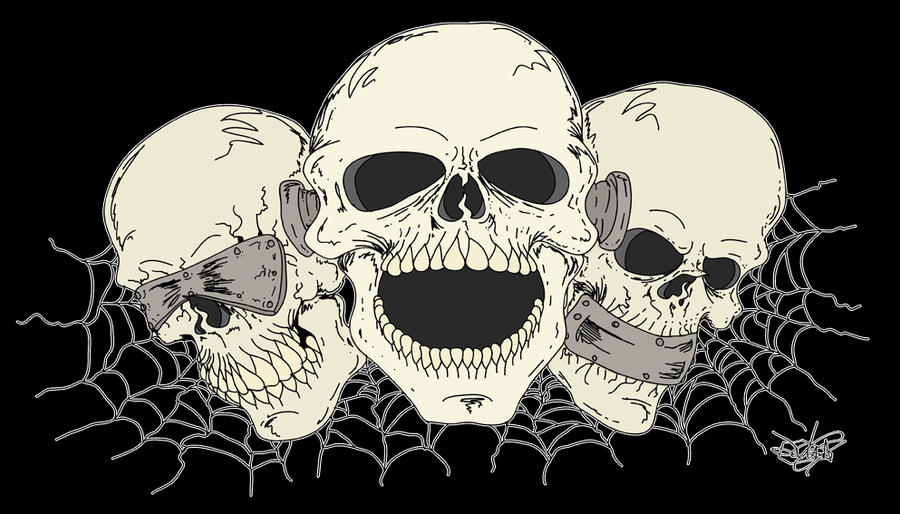
Speak No Evil Quotes. QuotesGram
The Three Wise Monkeys is a Japanese visual representation of the proverb "See No Evil, Hear No Evil, Speak No Evil". The monkeys are depicted as Mizaru, who covers his eyes to "see no evil", Kikazaru, who covers his ears to "hear no evil", and Iwazaru, who covers his mouth to "speak no evil". These monkeys are not just individual sculptures.
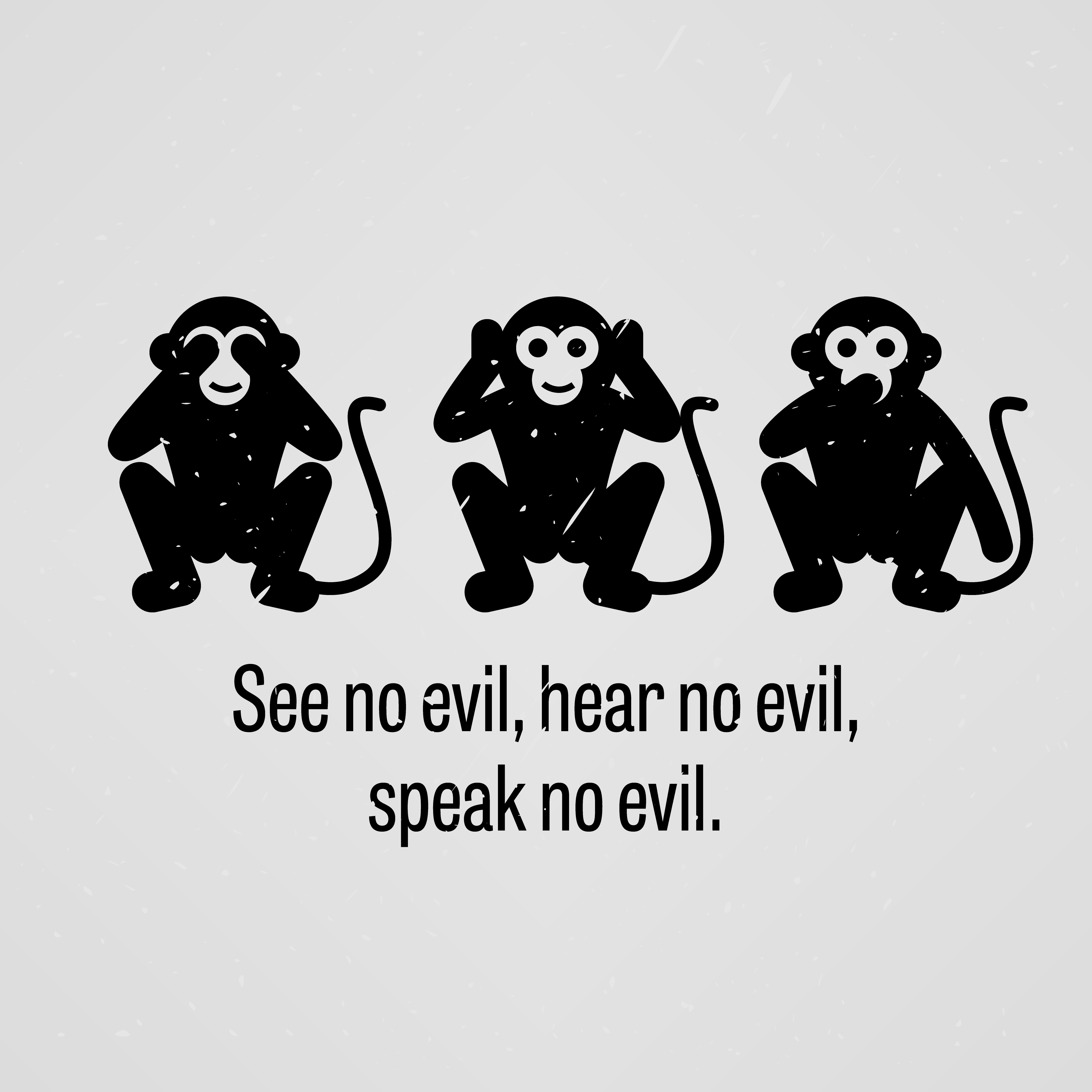
See no Evil, Hear no Evil, Speak no Evil. 364685 Vector Art at Vecteezy
See no evil, hear no evil, speak no evil. A Buddhist/Shinto proverb that some sources maintain is Japanese, while others maintain it is Chinese and attribute it to Confucius, because a similar concept is quoted in the Analects of Confucius, which date from the 4th or 2nd century BC, "Look not at what is contrary to propriety; listen not to what is contrary to propriety; speak not what is.

"Hear No Evil Speak No Evil See No Evil " Framed Art Print by Reinrab Redbubble
Gandhi's Three Monkeys is a series of sculptures created in 2008 by Indian artist Subodh Gupta that portrays three heads in different types of military headgear. The sculptures recall a visual metaphor from India's famous champion of peace, Mahatma Gandhi, of the "Three wise monkeys", representing the principle "see no evil, hear no evil, speak no evil".
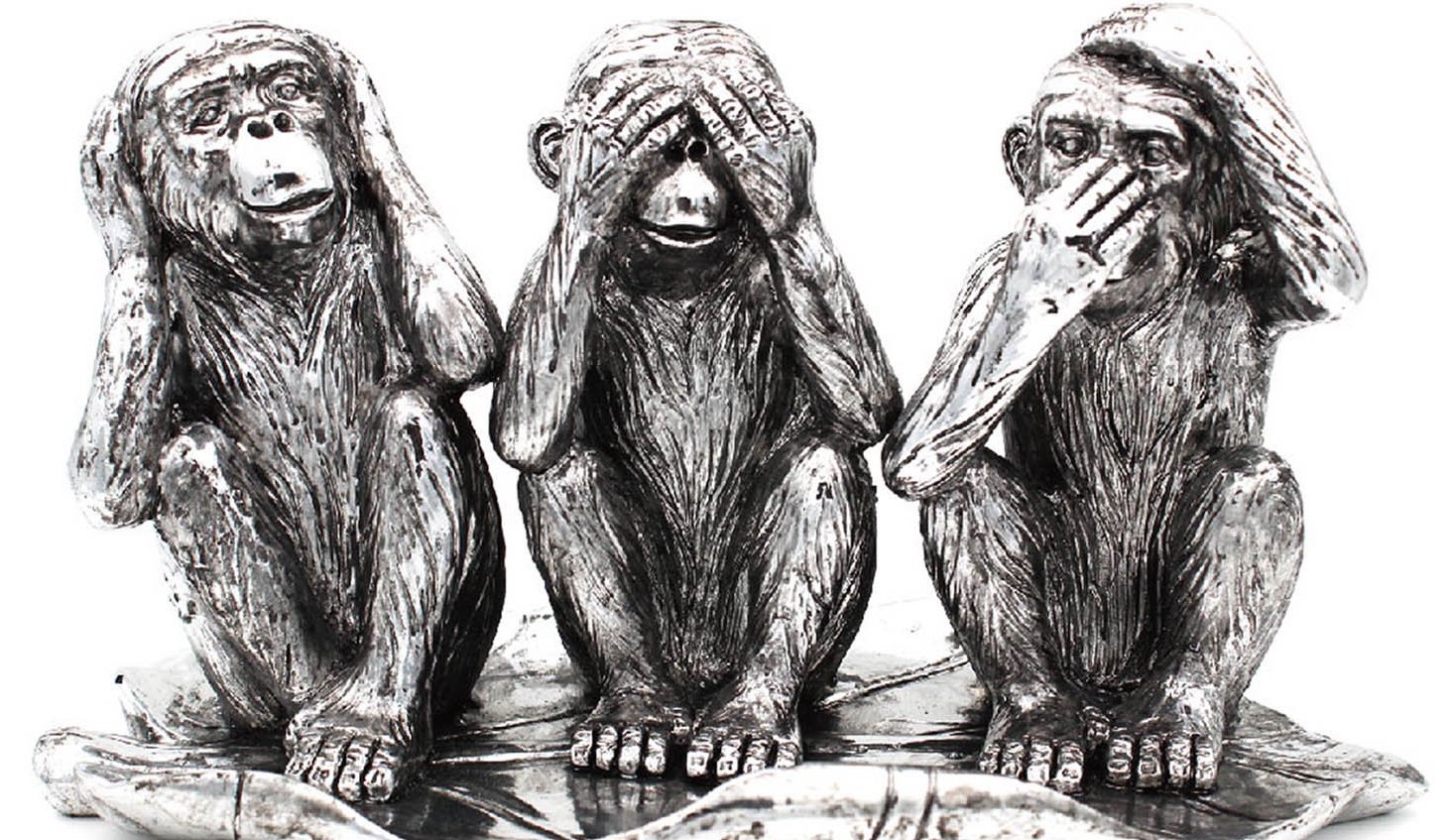
See No Evil, Hear No Evil, Speak No Evil…is evil! St. Gregory the Illuminator Armenian Church
Many of us are familiar with Three wise monkeys representing Buddhist religion principle of non-doing three evils. In particular, "see no evil", "hear no evil", and "do not speak of evil". Monkeys Mi-zaru, Cica-zaru and Yves-zaru "hide" from evil, closing the mouth, eyes and ears. And we often meet their images in sculptures and.

See no evil speak no evil hear no evil Photograph by Christopher Grant Pixels
The three wise monkeys at the Tōshō-gū shrine in Nikkō, Japan. The three wise monkeys are a Japanese pictorial maxim, embodying the proverbial principle " see no evil, hear no evil, speak no evil ". [1] The three monkeys are. Mizaru ( 見ざる ), who sees no evil, covering his eyes. Kikazaru ( 聞かざる ), who hears no evil, covering.
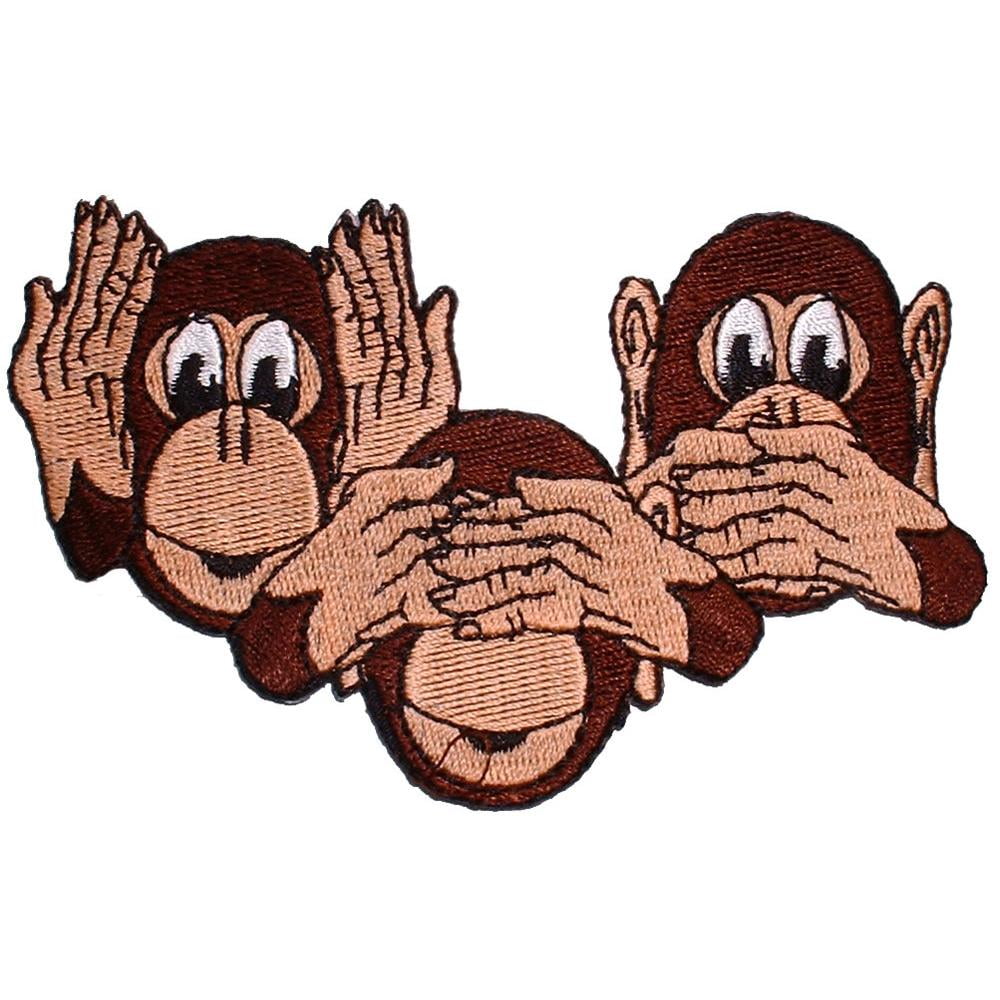
Speak See & Hear No Evil Monkeys Patch 3"
The Three Wise Monkeys, See No Evil, Hear No Evil, and Speak No Evil, are often known these days as popular emojis. Before that they were pop culture cartoons and figurines (and one of the few things Gandhi owned). But before all that they were part of a 17th-century carving at the Shinto Tōshō-gū Shrine in Nikkō, Japan. The monkeys are also part of Buddhist legend, Kōshin practice, and.

Monkeys Hear No Evil See No Evil Speak No Evil Espresso Framed Art Print Poster (18x24) Impact
See no evil, hear no evil, speak no evil. The proverb is conventionally represented by figurines or pictures of three monkeys covering respectively their eyes, ears, or mouth with. Access to the complete content on Oxford Reference requires a subscription or purchase. Public users are able to search the site and view the abstracts and.

See No Evil Hear No Evil Speak No Evil Quotes. QuotesGram
The phrase "see no evil, hear no evil, speak no evil" is often depicted in pop culture, usually signifying a moral stance against negativity or wrongdoing. Let's explore some instances: "See No Evil, Hear No Evil" is a 1989 comedy film directed by Arthur Hiller. The film revolves around a blind man and a deaf man who unwittingly becomes.

"Speak no Evil, See no Evil, Hear no Evil." by Kirk Shelton Redbubble
See no evil, hear no evil, speak no evil. Been Here? 195. Want to Visit? 154. View all photos "See no evil." Thilo Hilberer "See no evil." Thilo Hilberer. The Three Wise Monkeys. Dimitry B.
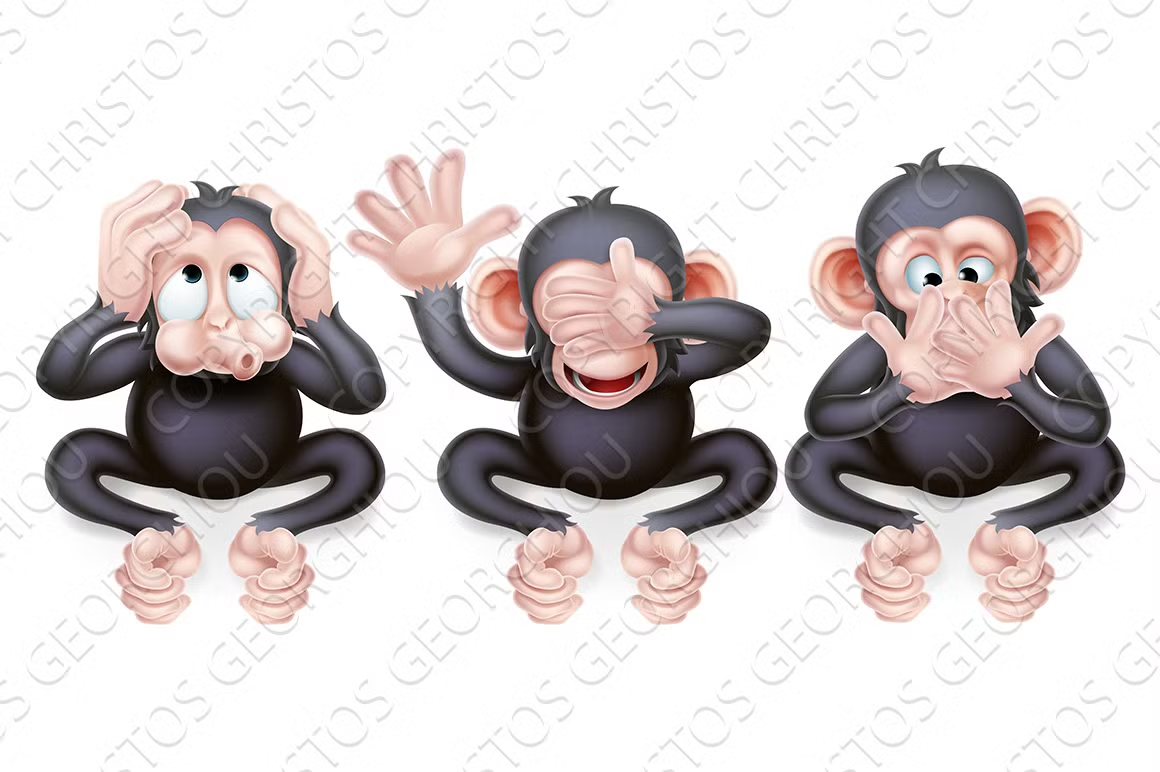
Hear no evil see no evil speak no evil monkeys Illustrations Creative Market
The three wise monkeys are a pictorial maxim, embodying the proverbial principle "see no evil, hear no evil, speak no evil". The three monkeys are Mizaru, covering his eyes, who sees no evil; Kikazaru, covering his ears, who hears no evil; and Iwazaru, covering his mouth, who speaks no evil. Lafcadio Hearn refers to them as the three mystic apes in his Glimpses of unfamiliar Japan (volume 2.

Hear Speak See No evil Skull Sticker Window Decals Tailgate Graphic Window Decal
In English, this expression is generally used in reference to those who choose to turn a blind eye to wrongdoings; but its original meaning, rooted in Confucianism, is to teach prudence and the importance of avoiding evil. It is believed that Buddhist monks brought the expression from India to Japan by way of China around the 8th century. In.

Wallpaper Of The Day Hear No Evil, See No Evil, Speak No Evil Common Sense Evaluation
They are identified with a proverbial saying, 'See no evil, hear no evil, speak no evil', first recorded in 1926 and now generally used sarcastically against those who, through selfishness or cowardice, choose to ignore some wrongdoing. A few figurines show the first two monkeys peeping and listening, while the third has a finger on his.
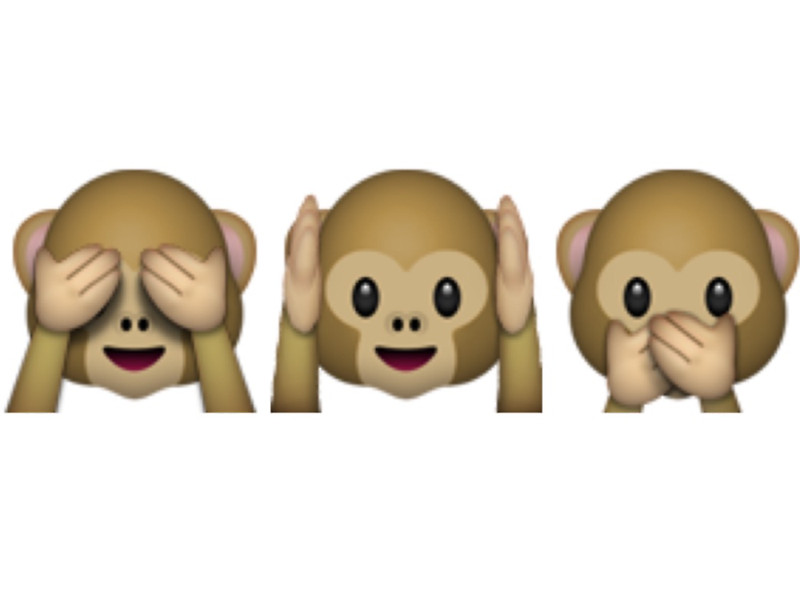
clipart hear no evil speak no evil hear no evil 20 free Cliparts Download images on Clipground
The ancient Japanese proverb "see no evil, hear no evil, speak no evil" was popularized in the 17th century as a pictorial Shinto maxim, carved in the famous Tōshō-gū Shinto shrine in Nikkō, Japan. Three Wise Monkeys illustrated the idea of protecting one's self from unsavory or challenging behavior, thought, or language..

See no evil hear no evil speak no evil robot Vector Image
It calls for avoiding actions that cause harm to oneself or others, aligning with the idea of "do no evil.". 4. Right Livelihood. Right Livelihood emphasizes engaging in honest, ethical professions that do not harm others. It encourages individuals to earn a living through virtuous means, resonating with the concepts of "see no evil.

Speak no evil Hear no evil See no evil II av Editors Choice som poster, canvastavla och mer
The age-old Japanese adage "see no evil, hear no evil, speak no evil" became popular during the 17th century in a Shinto pictorial format. People often use the phrase to describe those who turn a blind eye to bad behavior. It turns out there is a pretty interesting story behind it, though. The saying comes from an old Buddhist parable.
- Quem Nasceu Em 1962 Tem Quantos Anos
- Cidades Do Estado Do Rio De Janeiro
- Esporte Com A Letra T
- Rua 22 De Julho Extrema
- Em Qual Desses Lugares Podemos Encontrar Mais Facilmente Em Touros
- Jogador Mais Baixo Da Nba
- Classificações De Athletico Pr X Pstc
- Musicas Dois Filhos De Francisco
- Tipo De Certidão De Nascimento
- Irmã Fazendo Sexo Com O Irmão